 What could be more gloriously incongruous than sailing on a replica 9th-century Viking longship and sipping whisky on a blustery Autumn day in New York harbor? Here is an updated repost:
What could be more gloriously incongruous than sailing on a replica 9th-century Viking longship and sipping whisky on a blustery Autumn day in New York harbor? Here is an updated repost:
In late October 2018, I was fortunate enough to have been invited by the good folks at Highland Park Whisky to sail for an afternoon on the Draken Harald Hårfagre in New York harbor. At 115′ feet from stem to stern, Draken Harald Hårfagre is the largest Viking ship built in modern times.
Built in Haugesund in Western Norway, the ship and her crew made an epic crossing of the Atlantic in 2016, following the old Viking route westward. The ship then toured the Great Lakes before traveling down the Hudson to New York, before wintering over at the Mystic Seaport Museum in Connecticut. In 2018, the ship had finished a 14 harbor East Coast tour from Maine to South Carolina.

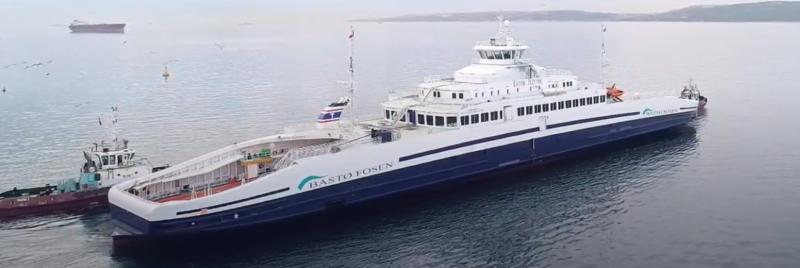 The
The 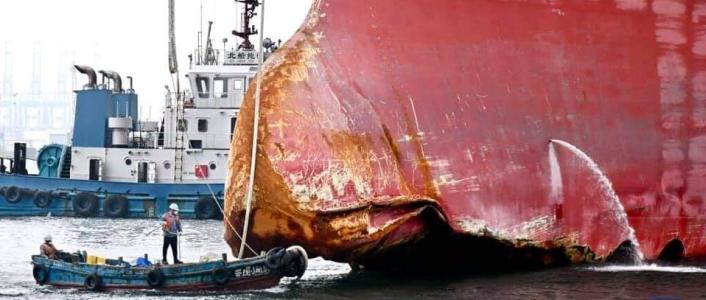
 The
The 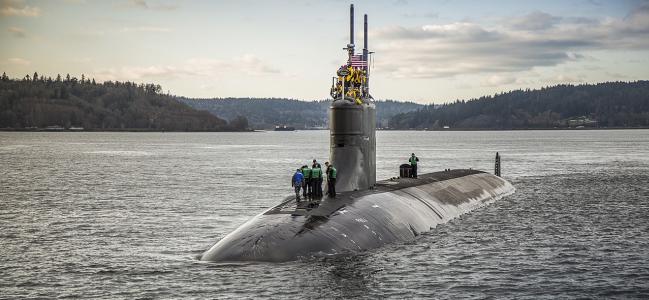 The worst way to determine the position of a previously uncharted seamount is to run into it underwater. That is apparently what happened to the
The worst way to determine the position of a previously uncharted seamount is to run into it underwater. That is apparently what happened to the 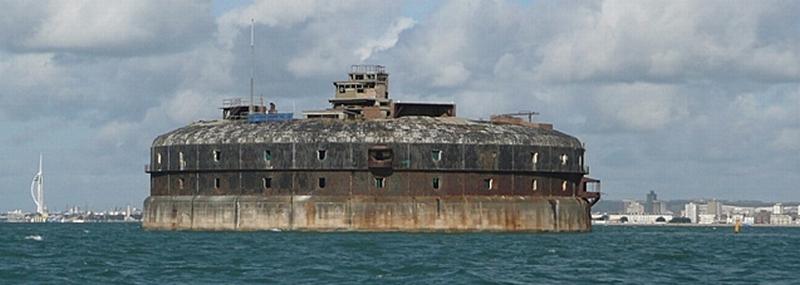
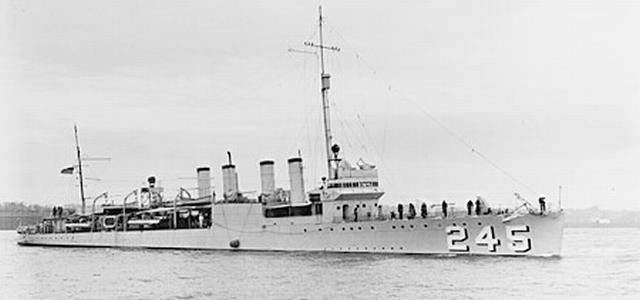 “Have you heard of a ship called the good Reuben James?” (If you do, it may be from the
“Have you heard of a ship called the good Reuben James?” (If you do, it may be from the 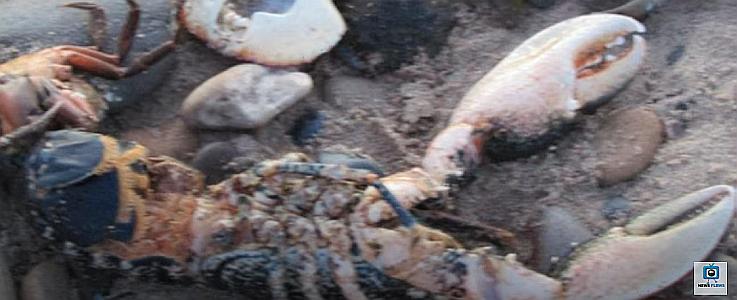 Thousands of dead crabs, lobsters, and fish washed up recently along Teesside beaches on the UK’s North East coast. Waist deep piles of seaweed and dead and dying crustaceans and fish have been reported. Variously described as the “worst case ever seen” and “
Thousands of dead crabs, lobsters, and fish washed up recently along Teesside beaches on the UK’s North East coast. Waist deep piles of seaweed and dead and dying crustaceans and fish have been reported. Variously described as the “worst case ever seen” and “ On Halloween, Sunday, October 31, at 2:30 Pacific Time (5:30 Eastern TIme),
On Halloween, Sunday, October 31, at 2:30 Pacific Time (5:30 Eastern TIme), 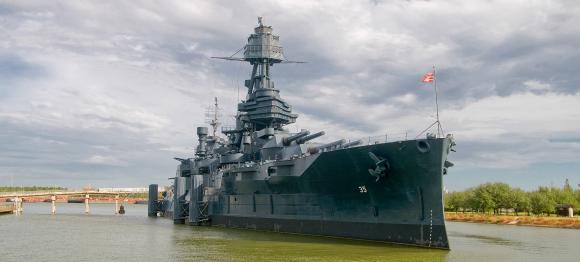 For years,
For years, 
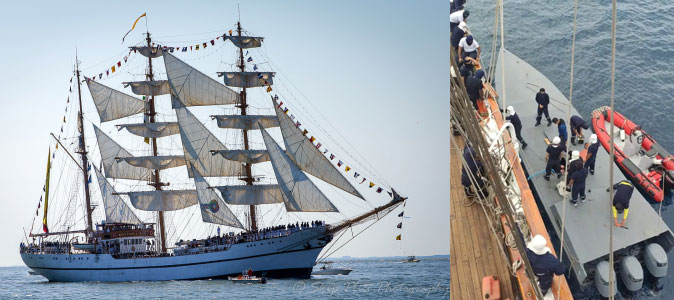 In one of the stranger maritime stories of late, the
In one of the stranger maritime stories of late, the  One of the traditions of US icebreakers operating in the Arctic is “ice liberty.” When an icebreaker encounters a thick ice floe, the crew is allowed liberty to get off the vessel to walk about or play games from touch football to hockey.
One of the traditions of US icebreakers operating in the Arctic is “ice liberty.” When an icebreaker encounters a thick ice floe, the crew is allowed liberty to get off the vessel to walk about or play games from touch football to hockey.  In 1960, the archaeological remains of Norse buildings were discovered at
In 1960, the archaeological remains of Norse buildings were discovered at 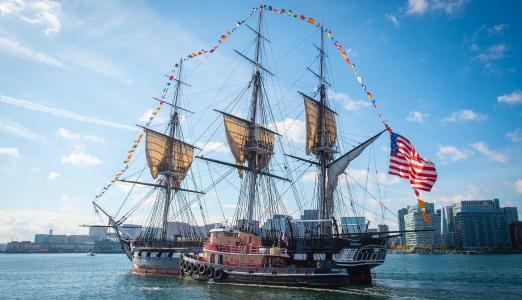 The
The  On Thursday,
On Thursday, 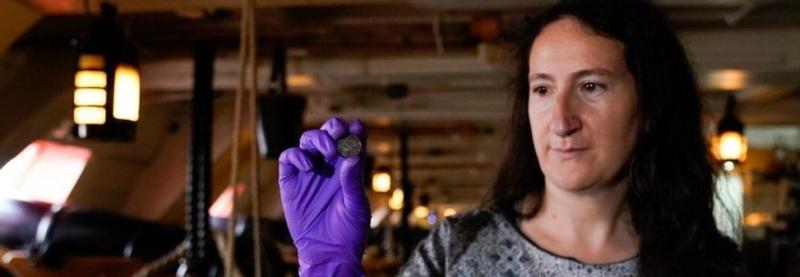
 Following an
Following an 
 While under tow in the Guayas River, near Guayaquil, Ecuador, the 250′ long Brazilian sail training ship
While under tow in the Guayas River, near Guayaquil, Ecuador, the 250′ long Brazilian sail training ship